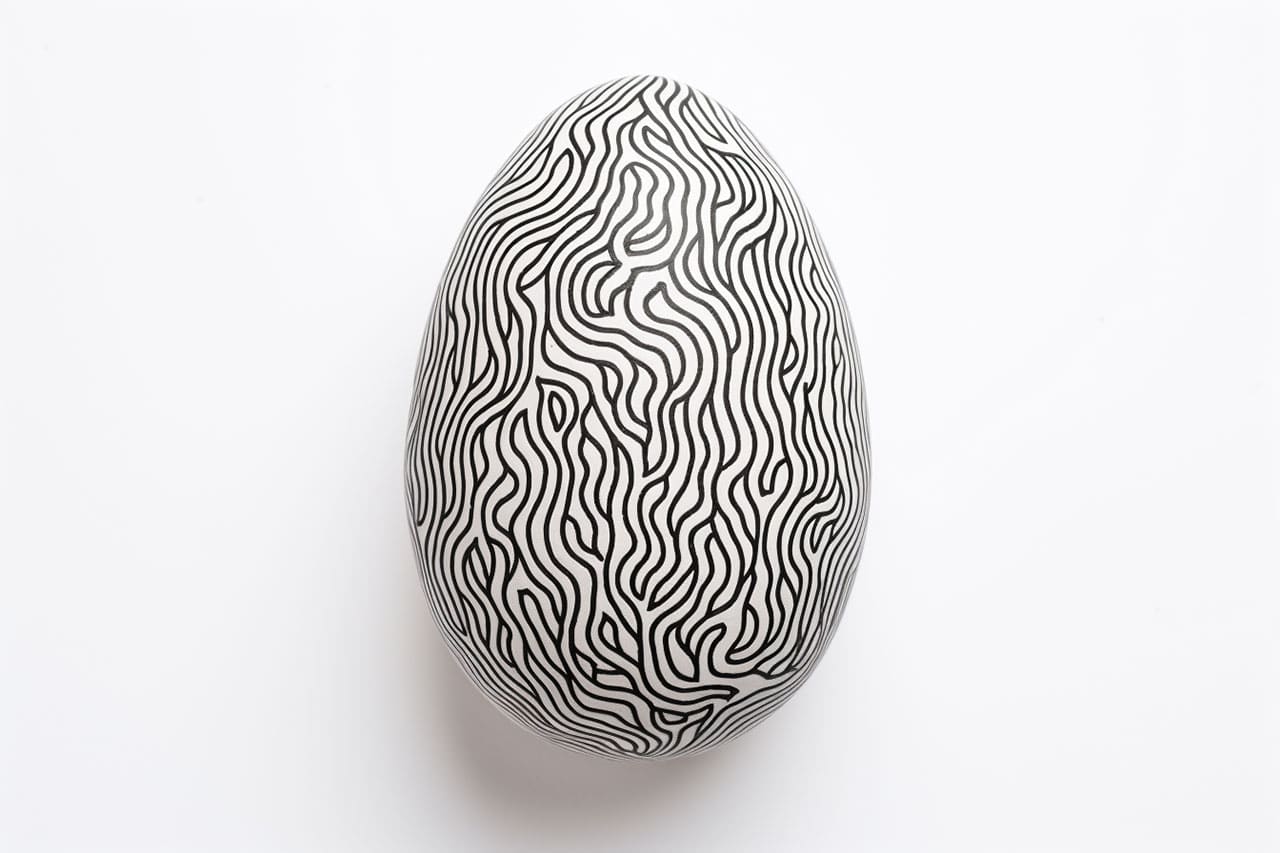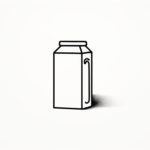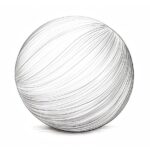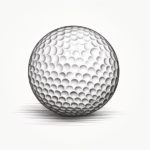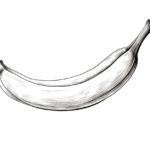Eggs are simple and interesting objects to draw. They have smooth and rounded shapes, which make them perfect for practicing your drawing skills. Whether you are a beginner or an experienced artist, learning how to draw an egg can help you improve your observational skills, understanding of form, and shading techniques. In this step-by-step guide, I will walk you through the process of how to draw an egg in a clear, clean, and concise style. So, grab your pencil and let’s get started!
Materials Required
To begin drawing an egg, you will need the following materials:
- Drawing paper: Use a high-quality paper that can handle different types of drawing techniques.
- Pencils: A set of graphite pencils with varying degrees (HB, 2B, 4B, etc.) will be ideal for shading and adding details.
- Eraser: A kneaded eraser is recommended as it can be easily shaped and doesn’t leave residue.
- Blending stump or cotton swabs: These can be used to blend and smooth out shading.
- Ruler: A straight edge ruler can help you ensure accurate proportions.
Now that you have gathered your materials, let’s move on to the drawing process.
Step 1: Draw the Basic Outline
Begin by lightly drawing a simple oval shape on your paper. This will serve as the basic outline of your egg. Keep in mind that eggs can have slightly different shapes, so feel free to modify the oval shape to create your desired egg form.
Step 2: Add Curves and Contours
Next, sketch subtle curves on both sides of the oval to create the contours of the egg. Use light, curved lines to indicate the roundness and smoothness of the egg’s surface. Take your time to observe the curvature and pay attention to the proportion of the curves.
Step 3: Refine the Outline
Carefully refine the outline by darkening the lines that represent the edges of the egg. Make sure you maintain the smoothness and symmetry of the shape while adding more definition. Remember, it’s okay to make adjustments as you go along to achieve the desired look.
Step 4: Shade the Egg
Now it’s time to add shading to your drawing to give your egg a three-dimensional appearance. Start by identifying the light source in your scene. This will help you determine where the highlights and shadows should be placed.
Step 5: Start with Light and Mid-tones
Begin shading by lightly applying graphite to the areas that are receiving direct light. Use your lightest pencil (HB or 2H) and make gentle strokes in the direction of the egg’s form. Gradually build up the values until you achieve the desired lightness. Remember to keep the strokes smooth and even.
Step 6: Establish the Shadows
Next, focus on creating the shadows on the egg. Use a darker pencil (2B or 4B) to carefully shade the areas that are not directly hit by the light. Observe the subtle changes in value and use varying pressure to achieve a smooth transition from light to shadow.
Step 7: Add Contrast and Depth
To create more contrast and depth, continue adding layers of shading to the shadows. Use a combination of different pencils to achieve a wide range of values. Pay close attention to the areas where the egg curves away from the light source, as these will be the darkest parts.
Step 8: Blend and Smooth
To enhance the realism of your drawing, use a blending stump or a cotton swab to gently blend and smooth out the shading. This will help remove any visible pencil strokes and create a more seamless transition between light and shadow.
Step 9: Refine Details
Now that you have established the basic shading, take a step back and observe your drawing. Look for any areas that need further refinement or adjustment. Use an eraser to lighten certain areas or to create highlights and reflective spots on the surface of the egg. Pay attention to the subtle details that make your egg unique.
Step 10: Finalize Your Drawing
Once you are satisfied with your drawing, go over the lines and shading again to ensure a clean and defined representation of the egg. Erase any unnecessary guidelines and make any final adjustments to the shadows and highlights. Take a moment to appreciate your artwork and congratulate yourself on completing a beautiful drawing of an egg.
Conclusion
Drawing an egg can be a fun and rewarding exercise for artists of all skill levels. By practicing the observation of form, understanding of light and shadows, and honing your shading techniques, you can improve your overall drawing skills. Remember, drawing is a journey, and the more you practice, the better you will become. So, grab your pencils, follow these step-by-step instructions, and start creating your own realistic and detailed egg drawings.
Gallery of Egg Drawings
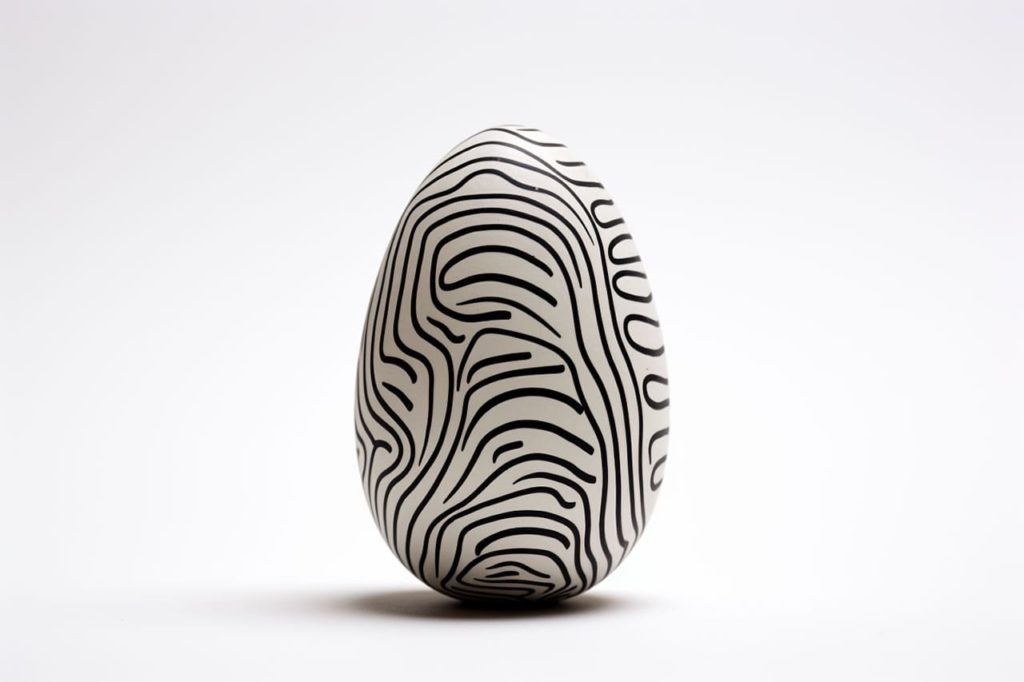
Fun Facts About Eggs
- Eggs have been a staple in human diets for thousands of years, with evidence of people keeping fowl for their eggs dating back to around 1500 BCE in Egypt and China.
- Different bird eggs come in a variety of colors from white to brown, blue, and even green, depending largely on the breed of the bird.
- The world’s largest egg ever recorded was laid by an ostrich, measuring about 12 inches (30.5 cm) in length and weighing 5 pounds (2.3 kg).
- Chickens are not the only birds to lay eggs; ducks, geese, quail, and even some reptiles and fish lay eggs people consume.
- During the spring, egg decorating has been a popular tradition across cultures, symbolizing rebirth and renewal.
- Egg shells are extremely porous, containing thousands of tiny pores that allow air and moisture to pass through.
- The yolk of an egg contains lecithin, a natural emulsifier, making eggs essential in a wide range of culinary dishes like mayonnaise and hollandaise sauce.
- Egg whites are composed almost entirely of water and protein, known for their ability to foam and create light, fluffy textures in recipes like meringue.
- Eggs have been used in ancient rituals and symbolism for fertility and new beginnings across various cultures and religions.
- The egg’s perfect shape and strength have inspired engineers and artists, such as the use of a dome (similar to the shape of an egg) in architecture for its structural integrity.
Suggestions for Scenes and Settings for Egg Drawings
- Egg Basket: Illustrate a rustic basket overflowing with eggs of various colors and sizes, set on a farmhouse table with a vase of wildflowers.
- Breakfast Delight: Depict a mouthwatering breakfast table setting with eggs sunny-side up alongside toast, bacon, and a glass of orange juice.
- Easter Egg Hunt: Create a lively scene of children searching through tall grass or a flowery garden for hidden, brightly colored eggs for their Easter baskets.
- Egg Factory: Imagine a futuristic assembly line where eggs are polished, painted, and packaged by mechanical chickens.
- Bird’s Nest: Draw a serene image of a carefully woven nest on a tree branch, cradling delicate eggs speckled with natural patterns.
- Fairy Tale Egg: Conceive a magical scene where a giant, golden egg hatches to reveal a mythical creature, under a glowing forest canopy.
- Under the Sea: Visualize an underwater setting with spherical egg-shaped sea plants nestled between coral and surrounded by schools of colorful fish.
- Picnic in the Park: Portray a pleasant afternoon picnic with a basket of hard-boiled eggs, sandwiches, and a blanket spread out in a sunny meadow.
- Eggshell Candles: Design a cozy setting with soft-lit eggshell candles scattered among decorative books and a steaming cup of tea.
- Giant Egg Monument: Envision a city with a giant egg structure as its center attraction, crowds of people visiting the whimsical sculpture park.

